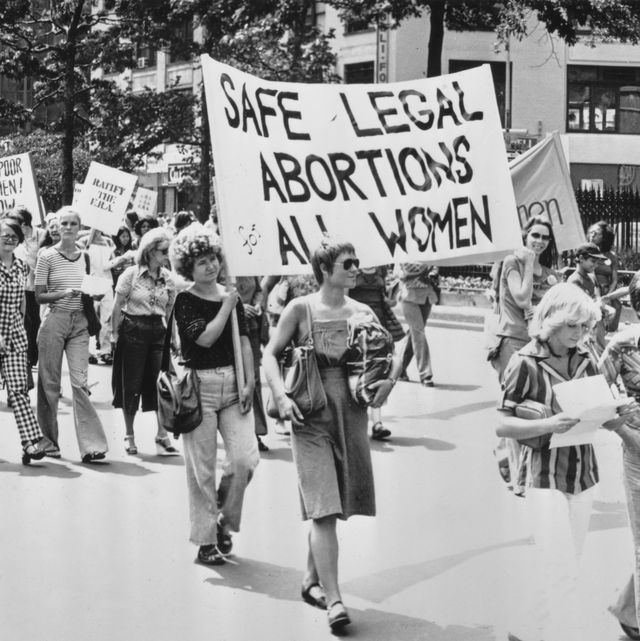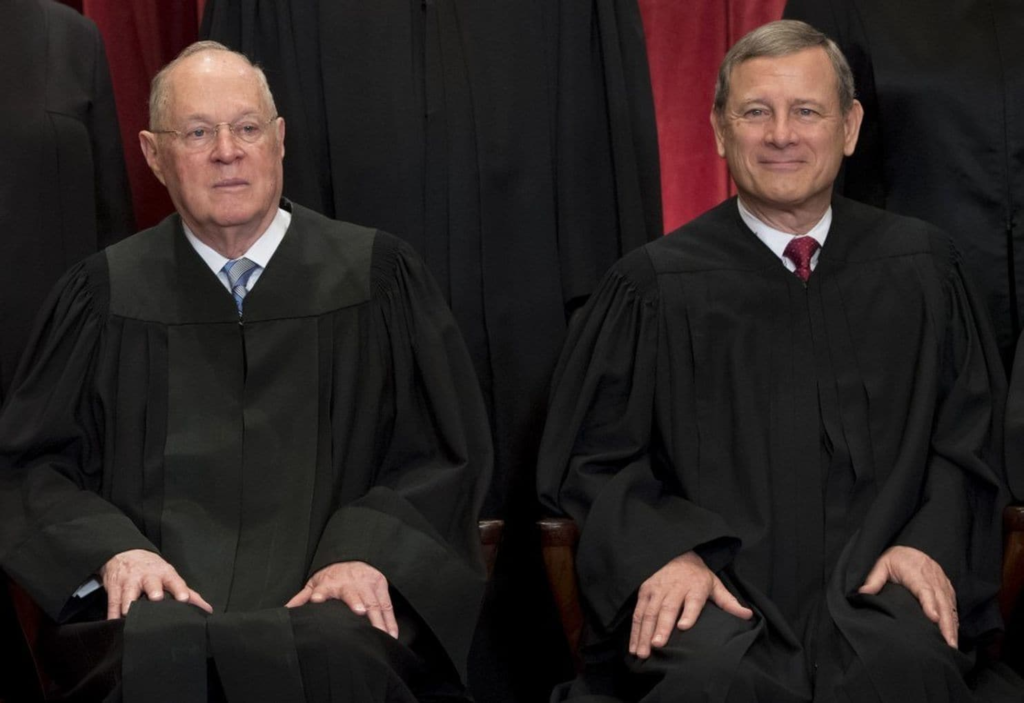Current Case Docket: Updates
April 29th, 2021

Hello, and welcome back to another week at the Supreme Court! This week, we are looking at the court to see what they are looking at. Last time we checked in, there were two cases we were looking at, US v. Tsarnaev and Texas v. California. Unfortunately, Texas’ case was denied by the justices and Tsarnaev has not be granted either. So instead, we are checking out a new case that the Court will be hearing. The case is Mahonoy Area School District v. B.L. This case revolves around a student right of speech and whether or not the school has a right to punish a student for something they say outside of school on social media. Brandi Levy is a student who was banned from cheerleading for a year after she posted “fuck school fuck softball fuck cheer fuck everything” on Snapchat. Her and her family are suing the school, and the case has risen to the Supreme Court. The discussion is on whether or not Tinker v. Des Moines (which says that public school officials may regulate speech that disrupts the work or discipline of a school) applies to a student’s speech when they are not actually at school.
This case could potentially affect how any public-school views content a student posts outside of school, especially if the content is in relation to the school. It would also change the way any school could view students and admissions. The case is expected to go into oral argument soon (where the attorneys argue in front of the justices) and we should have a ruling in the near future.
That is all for this week, see you guys soon for another round at the Supreme Court!
Roe v. Wade-The Basics
April 27th, 2021

Hello, and welcome back to another week at the Supreme Court. This week we are going over the basics of a case that has long been in the public eye for discussion and what it means. Roe v. Wade follows a woman under the alias of Jane Roe, to protect her identity, suing a district attorney in Dallas, Texas on the basis that a Texas law banning all abortion unless the woman’s life is in danger. This challenge to the Texas law came on the grounds of personal privacy guaranteed by First, Fourth, Fifth, Ninth and Fourteenth amendments, as to whether or not a woman has the choice to terminate their own pregnancy.
The Supreme Court ruled in a 7-2 opinion to side with Jane Roe. What that meant is that the Due Process Clause (prohibits depriving citizens of life, liberty, or property by the government) of the 14th amendment protects a woman’s right to her own privacy. The court said in its opinion that the state has a legitimate interest in protecting the “potentiality of human life”, however this has varying weight over the course of a pregnancy that the court says must be considered. In the first trimester, the government has no say over the decision to abort a pregnancy, which is left to the woman and her physician. The second trimester allows for the government to interfere only on the grounds of protecting the mother’s health and the third the government can prohibit it unless it is necessary to save the mothers life.
Roe v. Wade continues to be hotly discussed topic in American politics. Even today, the Supreme Court continues to hear cases on the topic that change the shape of abortion in the United States. That is all this week, see you guys next week to check in on some cases from earlier this semester!
Citizens United
April 16th, 2021
Hello everyone and welcome back to another week at the Supreme Court. This week we are talking about perhaps one of the most impactful and some might say problematic Supreme Court cases in the last 20 years. Citizens United v. FEC is often simply referred to as “Citizens United” because it simple. It is also one of the only simple things about this case. My goal today is to try to distill it as much as possible.

First things first, I will tell you what it means. Citizens United overruled a long-standing court decision that limited the amount of money that corporations could spend on political campaigns. What this did was allow corporations to act as “people” and thus are required by the Constitution to be able to use their finances to influence campaigns (like commercials, ads, donations to help a politician win an election) as much as they like. Across the last 3 presidential elections, the amount of money spent each election has more than doubled to nearly 10 billion in total spending in the 2020 presidential election. The idea was a conservative non-profit group sued the FEC after they stopped Citizens United from airing a movie that criticized Hillary Clinton leading up to the 2008 presidential election. The idea by the justices who voted in favor of Citizens United (it was a 5-4 vote, so very close) was that the money would be transparent and obviously not corrupt. However, the past election cycles and studies down have found that not to be the case. The reason being is that these corporations can get their money from anywhere, and they are not required to say where it is from. This means that if someone from anywhere in the world wanted a specific politician to win for their gain, they can give money and no one in the US would know where it came from.
That is all this week, I know it was slightly dark, but it is an important case to understand when looking at presidential elections. See you next week!
What is a Swing Vote?
April 8th, 2021

Hello and welcome back to another week at the Supreme Court. This week we will be talking about swing votes, what they are and why they are important.
So, what is a swing vote? Firstly, remember that the Supreme Court has 9 members, meaning if four vote one way and four vote the other, then it is down to one justice to make the ultimate decision. On some courts, there is not a judge that has a tendency to swing one way or the other and there is simply an ideological lead (conservative or liberal). However, for the past 20 odd years there has been a swing vote. The two main swing votes over the past twenty years are Justice Anthony Kennedy and Chief Justice John Roberts.
Justice Kennedy was far more influential in his swing vote capabilities. On things like gay rights, gun rights and the death penalty, he voted liberal. But on issues like abortion, the environment and campaign donations (more on those next week) he votes conservative. Justice Kennedy was referred to as the most powerful person in the country at one point simply because the other 8 justices strictly stuck to party lines, and the decision was often left for Kennedy to make the decision basically on what he felt was the right decision.
Currently, the Court has a similar swing vote, but not nearly as potent. The Chief Justice; John Roberts. His decisions are generally more conservative, and more importantly he seeks the interpret the law, not create new ones. In decisions on things like the Affordable Care Act (Obamacare) and same-sex marriage he has sided liberal, which might have been unpopular with conservatives, but he does not serve them, he seeks in interpret the law, which he has done well.
That is all this week! The next couple weeks we will be going over extremely impactful cases, specifically on abortion and campaign donations.
Landmark Cases pt. 2
April 2nd, 2021
Welcome back to another week at the Supreme Court! This week is a follow up to last weeks as we go over some pretty important cases.
The first of these is Miranda v. Arizona (1966). Yes, it is exactly what you’re thinking, this is where your “Miranda Rights” come from. The case is based on the consolidation of 4 cases in each of which the defendant confessed guilt with out being informed of their 5th amendment rights. In 1963, Ernesto Miranda was coerced after two hours to give a confession without advising Miranda of his 5th amendment right to have an attorney present. The Arizona court held that his rights were not violated but the case was appealed to the Supreme Court. In a very close decision, the Court decided with a 5-4 vote that it is legally required to inform a defendant of their rights, and thus your “miranda rights” were born.
The last of these shorter, yet important case is Marbury v. Madison, a legendary case that reinforced the Supremacy Clause of the Constitution. The Supremacy Clause says that laws made attached to the Constitution are the absolute highest law of the land and take priority over any conflicting state laws. The case concluded in a 6-0 vote that Congress does NOT have the power to overrule a law, as it violates the Supremacy Clause and thus the Constitution. It is not a particularly interesting case, but it solidified that the Judicial Branch is the law maker in the country. Next week, we look at a specific case that has had extremely large implications to the way campaigns are financed in the United States.